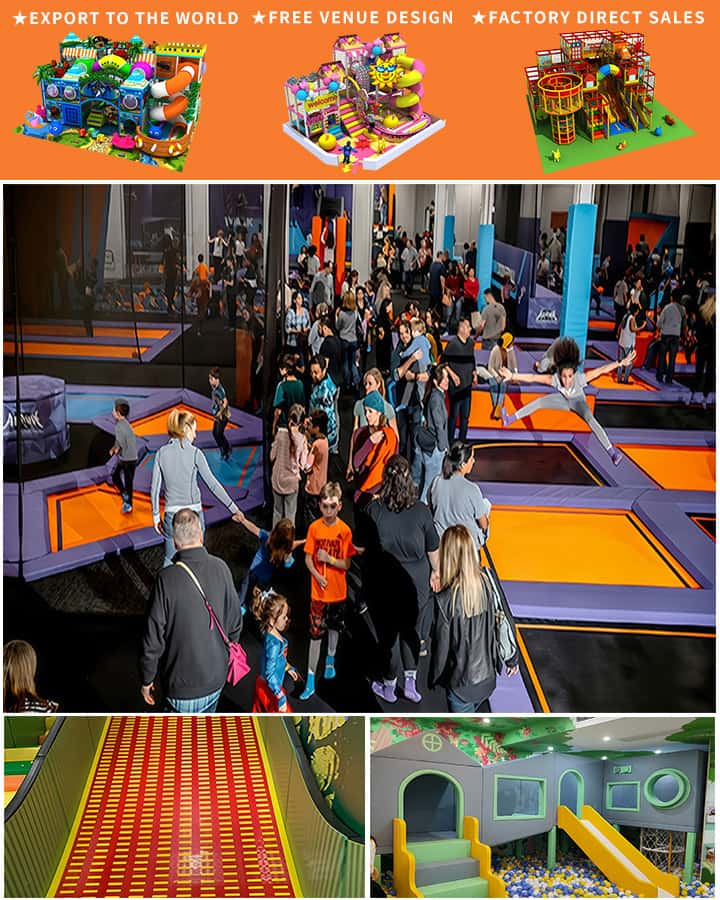Opening an indoor playground can be a rewarding venture, providing children with a safe and engaging place to play while offering parents a convenient option for entertainment and social interaction. However, before you can welcome your first guests, it’s crucial to navigate the regulatory landscape and obtain the necessary licenses for your indoor playground in California. This guide will walk you through the steps to secure a license, ensuring that your business complies with state and local regulations.
Understanding the Basics of Licensing
In California, operating an indoor playground involves adherence to various health, safety, and zoning laws designed to protect both children and business owners. The licensing process typically involves multiple layers of oversight, including state, county, and city authorities. Here’s what you need to know to get started:
Business Plan and Permits
Before diving into specific licenses, it’s essential to have a solid business plan in place. Outline your vision, target market, financial projections, and operational strategies. This document will not only guide you but also be required by potential investors or lenders. Additionally, you’ll need basic business permits such as a business license and employer identification number (EIN) from the IRS.
Step 1: State Requirements
Department of Social Services (CDSS)
 The California Department of Social Services (CDSS) oversees child-care facilities, including indoor playgrounds. Depending on the nature of your services, you may need a license from the CDSS. This could involve meeting stringent health and safety standards, staff qualifications, and facility requirements. Start by contacting the CDSS directly or visiting their website for detailed information on licensing procedures.
The California Department of Social Services (CDSS) oversees child-care facilities, including indoor playgrounds. Depending on the nature of your services, you may need a license from the CDSS. This could involve meeting stringent health and safety standards, staff qualifications, and facility requirements. Start by contacting the CDSS directly or visiting their website for detailed information on licensing procedures.
Fire Safety Permits
Given the high volume of children and fire safety concerns, securing a fire marshal’s permit is vital. Your indoor playground must comply with fire code regulations, which include having proper exits, fire extinguishers, and emergency lighting. Schedule an inspection with your local fire department to ensure compliance and receive your fire safety permit.
Step 2: Local Regulations
Zoning Laws
Cities and counties in California have zoning laws that determine where businesses like indoor playgrounds can operate. Check with your local planning or zoning department to ensure your chosen location is suitable for your type of business. Zoning laws may dictate factors such as building size, proximity to schools, and noise levels.
Health Department Approval
Since indoor playgrounds cater to children, maintaining a hygienic environment is paramount. You’ll need approval from your local health department, which will assess your facility for cleanliness, sanitation practices, and adherence to health regulations. This might involve regular inspections and maintenance of hygiene standards.
Step 3: Insurance and Bonding
Protecting your business against liabilities is critical. Obtain comprehensive insurance coverage tailored to indoor playgrounds, including general liability, property damage, and workers’ compensation if you have employees. Some jurisdictions may also require bonding, which provides financial protection in case of unexpected events or legal claims.
Step 4: Finalizing Your License
Once you’ve met all state and local requirements, gathered necessary permits, and secured insurance, it’s time to apply for your final operating license. This step often involves submitting documentation proving compliance with all regulations and paying any associated fees. Be prepared for a final inspection before receiving your license.
Maintaining Compliance
Securing a license is just the beginning. Ongoing compliance with regulations is crucial for the continued operation of your indoor playground. Stay informed about changes in laws, attend mandatory training sessions, and conduct regular self-audits to ensure ongoing compliance.
Conclusion
Obtaining an indoor playground license in California requires meticulous planning and adherence to numerous regulations. By following this comprehensive guide and seeking professional advice when needed, you can navigate the licensing process successfully and establish a thriving indoor playground that brings joy to children and peace of mind to parents. Remember, compliance is key not only for legal reasons but also for building trust within your community.




